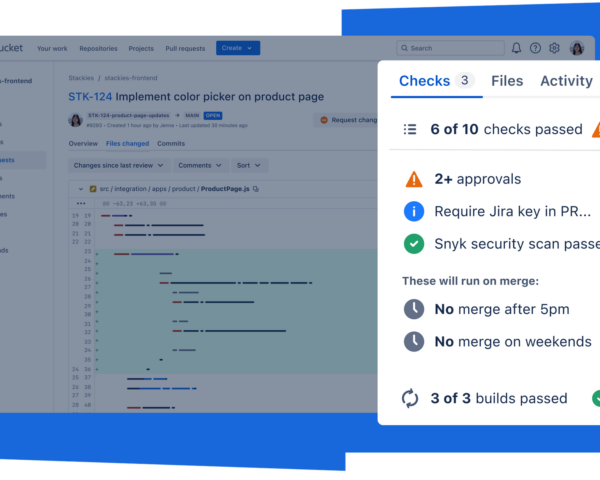In December of 2001, Enron made history by filing the largest bankruptcy claim of all time.
In the months and years that would unfold after this claim, the scandal of Enron’s business operations became a national conversation that revealed accounting blunders, lies, and obstructions of justice that landed several top leaders in jail.
Since then, Enron has become a case study in what-not-to-do in many areas, including company culture. Many blame the company’s ruthless and aggressive culture for their inability to course correct when things started to go awry.
Since then, corporate America has started to see the importance of culture upon good business outcomes. According to research done by Deloitte, 94% of executives say a distinct workplace culture is crucial for business success. And employees say they are 24% more likely to quit a company whose culture they don’t like.
So while you may not ever become like Enron, it is supremely important to make sure you truly understand company culture, and how to build a good one.
First up, what is company culture?
We like how Katie Burke, Chief People Officer at HubSpot, summarizes it:
“Company culture is the promise you make to your candidates and employees about the environment they can expect to work in and the values upon which your business operates.”
It’s a system of shared beliefs and the behaviors that determine how an organization’s members interact and make decisions. In the case of Forever 21, that meant checking employee bags for stolen merchandise. But hopefully in more positive cases, it means trusting employees and seeking their good.
But it’s not just about what management sets the culture to be. Each member of an organization ends up influencing it. This is reflected in things as small as what you wear to work and as large as how people treat each other.
Overall company culture is also influenced by other more tangible factors, such as operations, office layouts, and customer support. It’s a subtle and complex mix that’s about more than just who you hire and the perks and benefits you offer.
While a culture has strong roots, it also evolves organically over time. Its resiliency should be based on firm core principles or company values that will help the culture remain true to what’s most important even as it changes.
Elements of company culture
According to Katie, some of the ways that culture is lived out is influenced by three overlapping layers: global, location, and team.

1. Global culture
This is the overarching culture of a company. It’s the big-picture view, made up of the values, principles, and working environment you and all your employees will hold fast to. Global culture is typically identified and championed by leadership, but ideally lived out by every individual employee. At HubSpot, their global culture is clearly outlined in their Culture Code.
2. Location culture
If your company has more than one office, you have location culture. Says Katie, “This has to do with many inputs: the physical location of the office (the city, state and country it’s in), the local language spoken, and the holidays, customs, and characteristics of that place.”
Especially for those developing culture at the global level, it’s important not to try to fit the same exact culture into every single location, but allow for the culture to adjust to the local customs.
3. Team culture
At the smallest and most personal level, you have the culture of the teams that make up your company. With their different members, stages of development, and functions, each team will have their unique rhythm and way of relating.
The importance of company culture
“It’s really important that companies define their company culture with input from their employees. Otherwise, it becomes a game of telephone about what I mean or what you mean by something like humility (another company value),” says Katie.
This sort of positive culture that’s rooted in authenticity can have a number of benefits for both employers and employees, including:
- Higher productivity: With reduced workplace stress and better employee engagement, research links a strong company culture to increased productivity.
- Better employee recruitment and retention: Culture matters for both attracting talent and keeping your current employees around. 47% of active job seekers cite company culture as their driving reason for looking for work, and toxic workplace cultures have reportedly driven 20% of U.S. employees out of their jobs in the past five years.
- Improved company performance: One survey found that companies with strong cultures experienced a four times increase in revenue growth.
These advantages prove that company culture isn’t just about team bonding and the annual holiday party – it can have measurable and lasting impact on the success of your entire company.
Building a good culture
One question that comes up over and over again in the conversation about company culture is: whose job is it? As Chief People Officer, Katie often has people bringing her new ideas, and then asking her who will take care of it.
“There are a few ways I could react here,” says Katie. “I could take the request on personally, or I could assign it to someone on my team. Instead, when someone comes to me with a request I usually turn back to them and ask how they would want to address it, and then I offer my team’s full support.”
The great thing about Katie’s approach is that it empowers individuals to solve problems and innovate upon the culture, instead of waiting for management to do it, which makes everyone feel like they own the culture. But of course, leadership still plays a big role. It sets the tone. When leaders are standard-bearers it makes the culture much more apparent. Here are a few steps leaders can take:
1. Ask for feedback
You can’t improve what you can’t measure – and nobody has greater insight into your culture than your employees.
You can easily use tools like Culture Amp or even a Google survey form to get regular pulse checks on how people are experiencing your culture. Try to do something quarterly or twice yearly. It’s much better to get feedback this way than to see it end up in a poor rating on Glassdoor.
2. Provide recognition
40% of workers say they’d put more energy into their work if they were recognized more often. So, make sure that you’re remembering to recognize people for their contributions. Encourage everyone at your company to express their gratitude for each other. It goes a long way.
3. Lead by example
When leaders they fail to uphold the culture, things fall apart. Research shows that bad managers are one of the main reasons that employees quit. That means leaders need to act in alignment with the company’s cultural values. After all, if an organization says that it prioritizes work-life balance but bosses are sending emails at 2 a.m, that value will be nothing more than lip service.
Your company culture can be your greatest asset
Company culture is one of the greatest determinants of overall employee happiness at work, so it’s vital that you get it right. But of course, culture doesn’t end when the company handbook is produced; it’s something every employee should own, too.





 )
) 







































